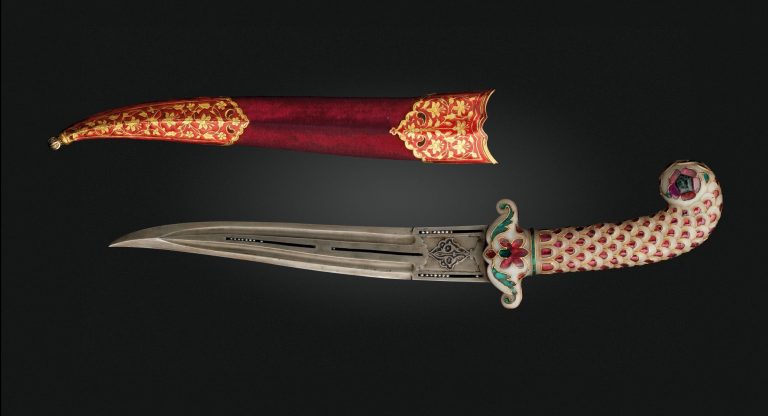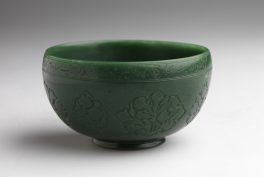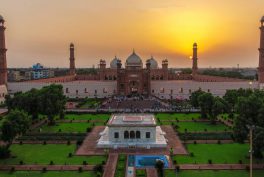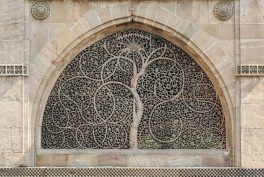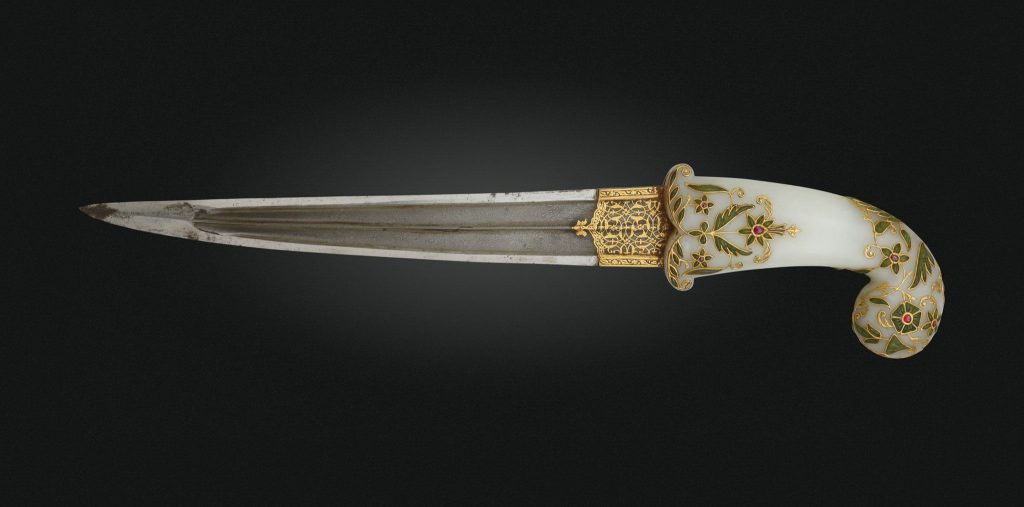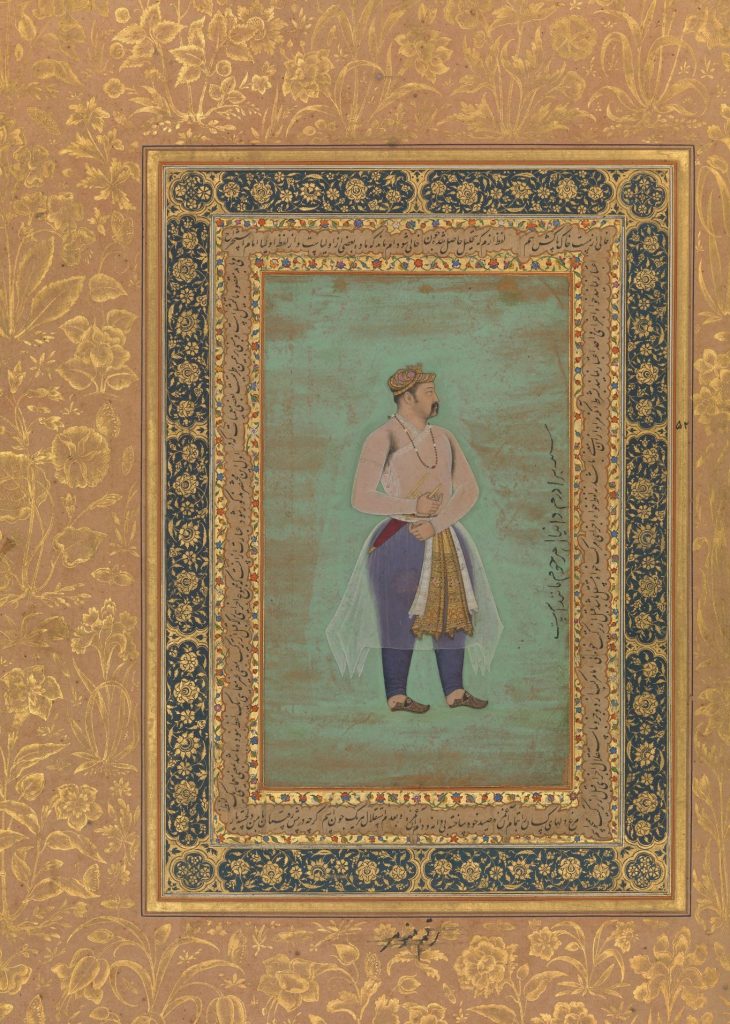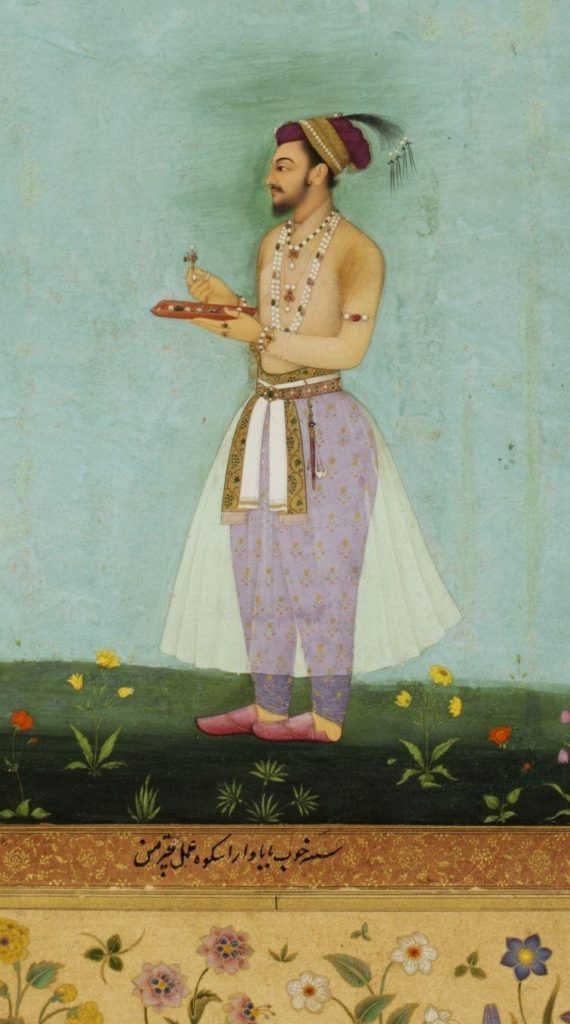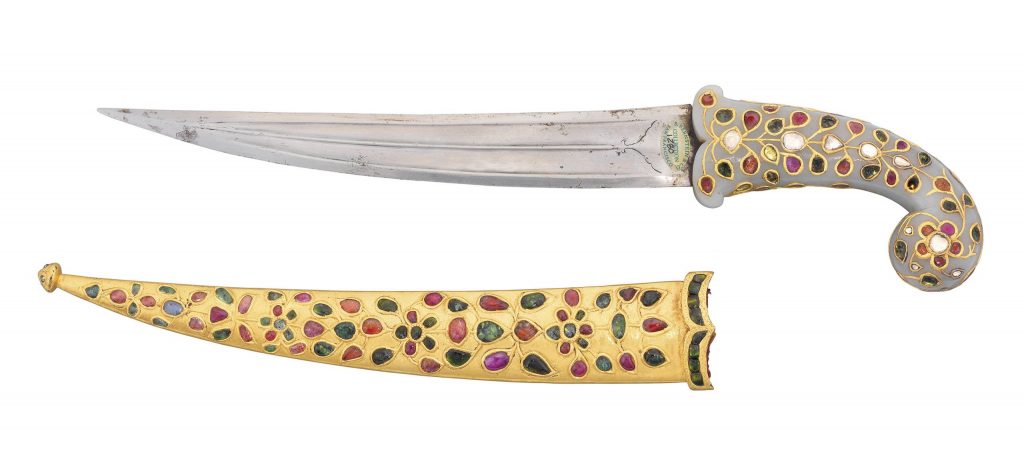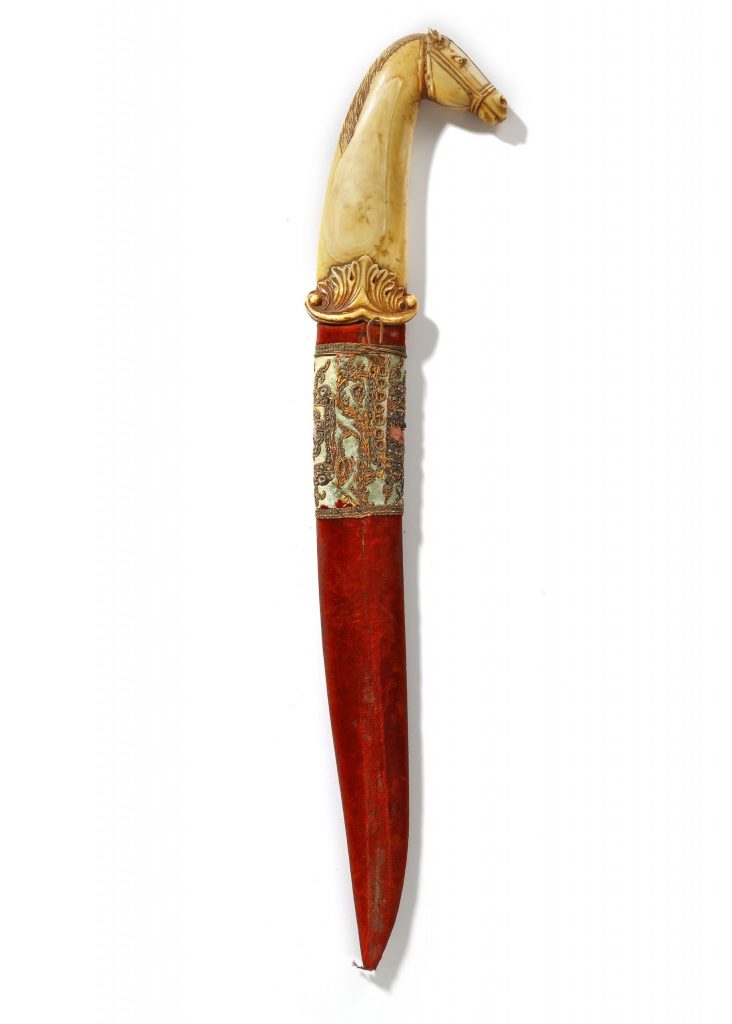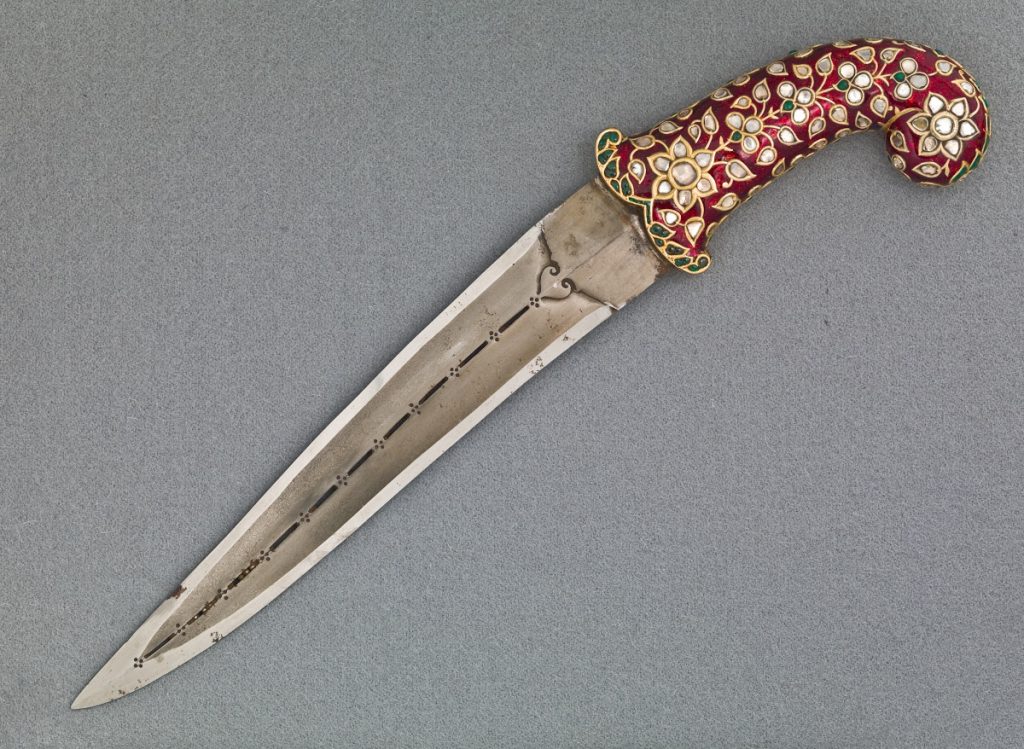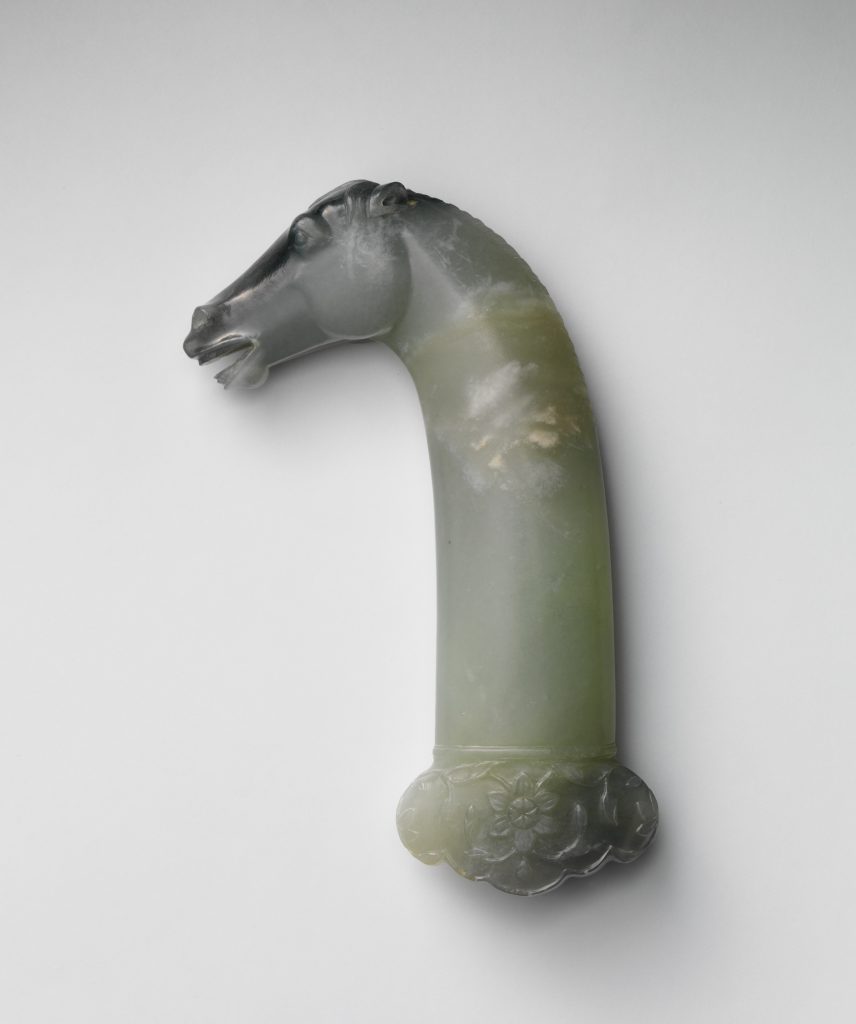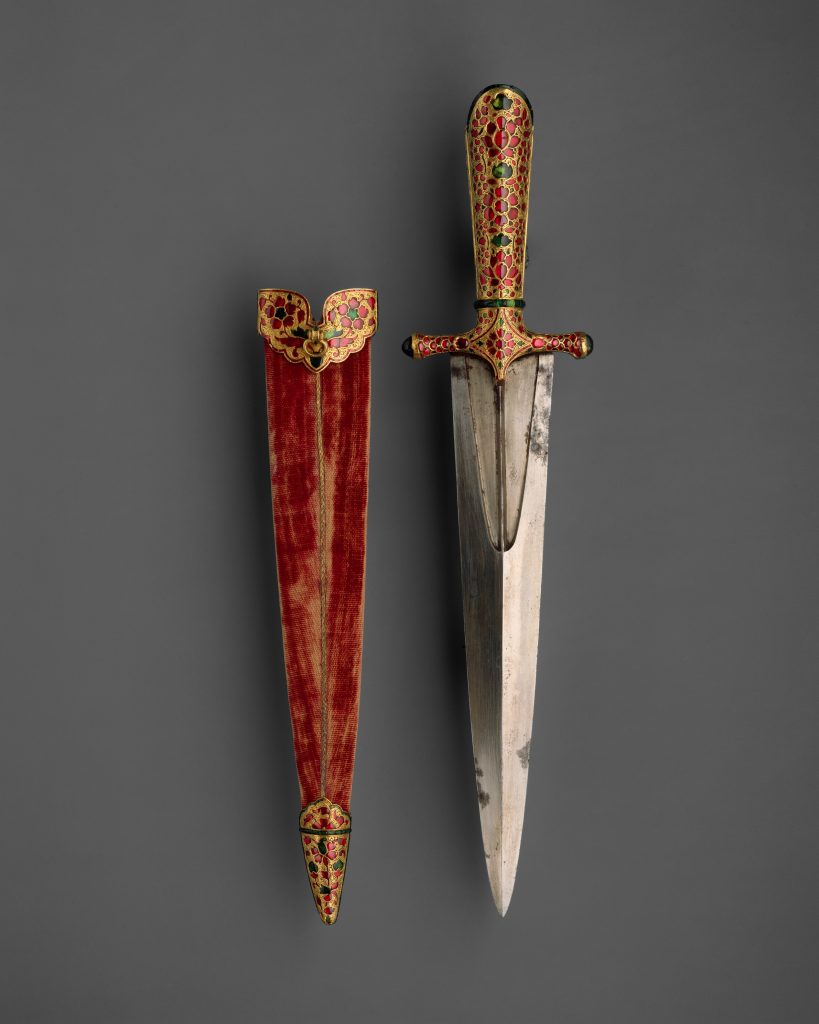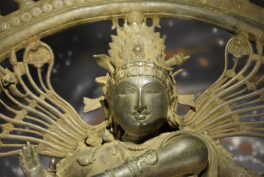Symbol of Prestige
From the 16th to the 19th century, Mughal nobility adorned themselves proudly with these remarkable creations. Worn suspended by belts, these daggers and swords served not only a practical combat purpose but also displayed a captivating aesthetic allure. These blades are a testament to the mesmerizing artistic vision of the Mughals, fusing diverse styles and influences that culminate in a unique and iconic aesthetic that continues to captivate art (and perhaps even weapon) enthusiasts!
Era of Opulence
The Mughal domain, established in 1526 by the visionary emperor Babur in South Asia, heralded the advent of a golden era of development. Distinguished as formidable conquerors and illustrious patrons of the arts, the Mughals orchestrated a harmonious blend of conquest and cultural refinement, giving rise to an epoch of remarkable artistic development.
Pictorial Record of Daggers
Life at Mughal courts was extensively documented, more so than any other court in the Islamic world. The opulent Mughal courts and the intimate lives of their courtiers were richly chronicled through written accounts and pictorial portrayals, albeit often in idealized forms. Mughal miniatures often depicted armed Mughal royalty, shown with swords and daggers securely tucked within cummerbunds.
Evolution of the Indo-Persian Style
The earliest Mughal daggers or khanjars closely resembled their traditional Central Asian and Persian counterparts, representing Babur’s own heritage. Over time they evolved to incorporate Indian artistic elements, such as intricate filigree work and gemstone embellishments.
Daggers carried great significance as a symbol of prestige. Their craftsmanship demonstrated the unparalleled skill of Mughal metalworkers, enamellers, and jewelers. Dagger hilts were formed with precious and semi-precious stones and featured designs in various advanced techniques, including damascening, inlay work, and enameling.
Iconography of Daggers
Designs featured on daggers often depicted natural themes and displayed the Mughal fascination with nature. Hilts were adorned with floral patterns and animal heads, including heads of camels, ibexes, gazelles, and lions. Horse-headed hilts were very popular in the seventeenth century. Often inscriptions were carved into khanjars as well.
Formidable Weaponry
Beyond their captivating aesthetic allure, these daggers were also formidable weapons. The blades were manufactured in the Persian tradition which involved hammering different types of steel together, forming an exquisite marbled pattern. The outcome was a blade of exceptional merit, characterized by a harmonious blend of suppleness and strength—a metal of remarkable adaptability, sporting a keen and unyielding cutting edge.
Influence on Subsequent Artistic Movements
The legacy of Mughal daggers, akin to other exquisite creations of Mughal art, transcended the confines of the Indian subcontinent, echoing resoundingly across distant lands. Following the devastating sack of Delhi by Nadir Shah, Mughal swords and daggers embarked on a journey that traversed the realms of Persia and the Ottoman Empire. The allure of these weapons extended beyond their utilitarian nature; the intricate craftsmanship of their hilts was a source of covetous admiration. In a testament to their allure, the Ottomans went so far as to procure these coveted hilts, adorning them with their own blades. Today, the echoes of this fusion can be seen in numerous museums spanning the globe as testaments to the enduring reach of Mughal artistry.
